MARTIROS SARYAN'S BUSINESS TRIP TO TURKMENISTAN TURNED OUT TO BE EXTREMELY FRUITFUL
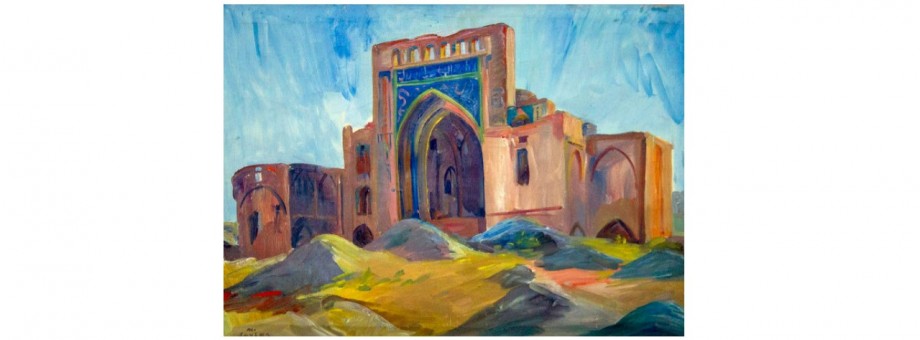
Martiros Saryan was born in 1880 in Nakhichevan-on-Don in a large, very friendly family. He had 6 brothers and 3 sisters. Childhood passed on a farm, where the family owned a small plot of land. Even then, the little boy was fascinated by the beauty of rural landscapes: endless fields merging with mountains in the distance, cattle as the main draft force of those times in the village. Childhood impressions remained for life, and constantly "asked" for the canvas.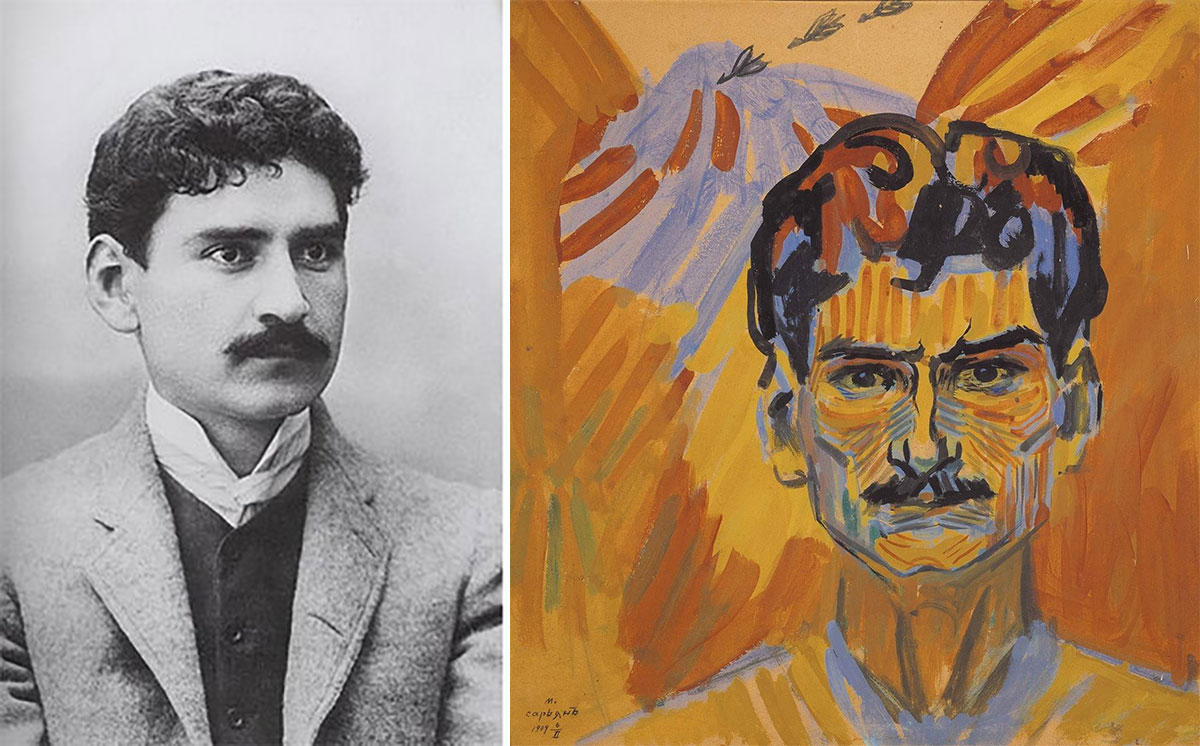
After graduating from the Armenian-Russian city school, 17-year-old Saryan got a job in a small post office distributing newspapers and magazines. In his free time, he copied pictures from stamps and magazines. The older brother, seeing his drawings, realized that Martiros had a great talent as a painter, which even he himself did not know about. The brother showed the drawings to an artist friend, and he undertook to prepare Martiros for the entrance exams to the Moscow School of Painting, Sculpture and Architecture.
At the school, he was lucky to get to the teachers Valentin Serov and Konstantin Korovin, who in their work adhered to realism and symbolism, but were very sympathetic to impressionism. Saryan's style began to take shape under the influence of Russian Symbolists and French Impressionists.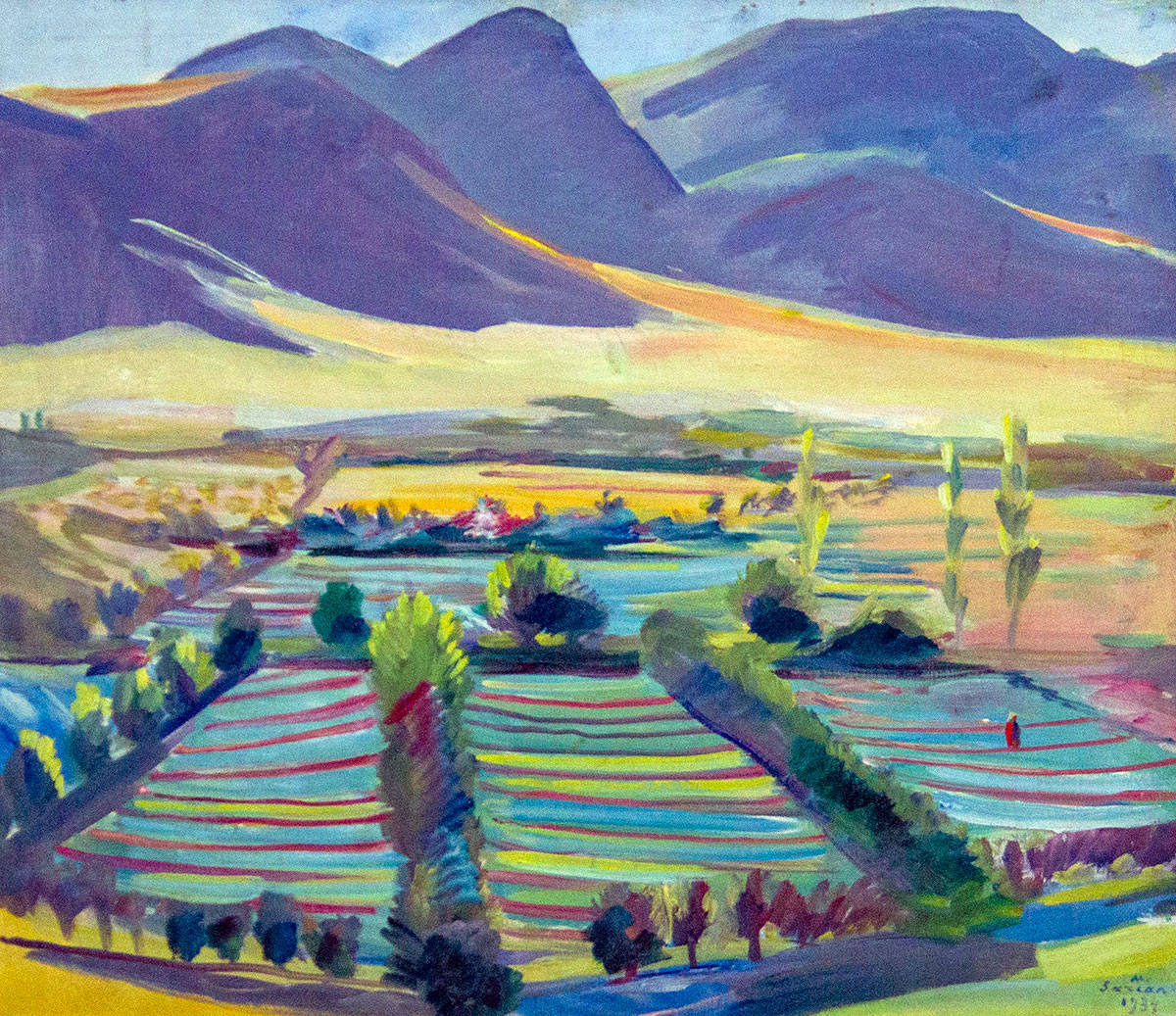
For the first time, Saryan exhibited his paintings at the exhibition of young artists "Blue Rose" in 1907 in Moscow. The public received them ambiguously. Gradually, the ridicule with which Saryan's work was accepted was replaced by recognition, for which glory eventually came.
From 1926 to 1928 Saryan worked in Paris. This was the third school that determined his style under the influence of the painting of Paul Gauguin and Henri Matisse. He became a master of life-affirming emotional landscape and colorful still lifes.
And in 1934, with a group of Moscow artists, Saryan was sent to Turkmenistan. From the correspondence with his wife, Martiros Sergeevich preserved many impressions of our region.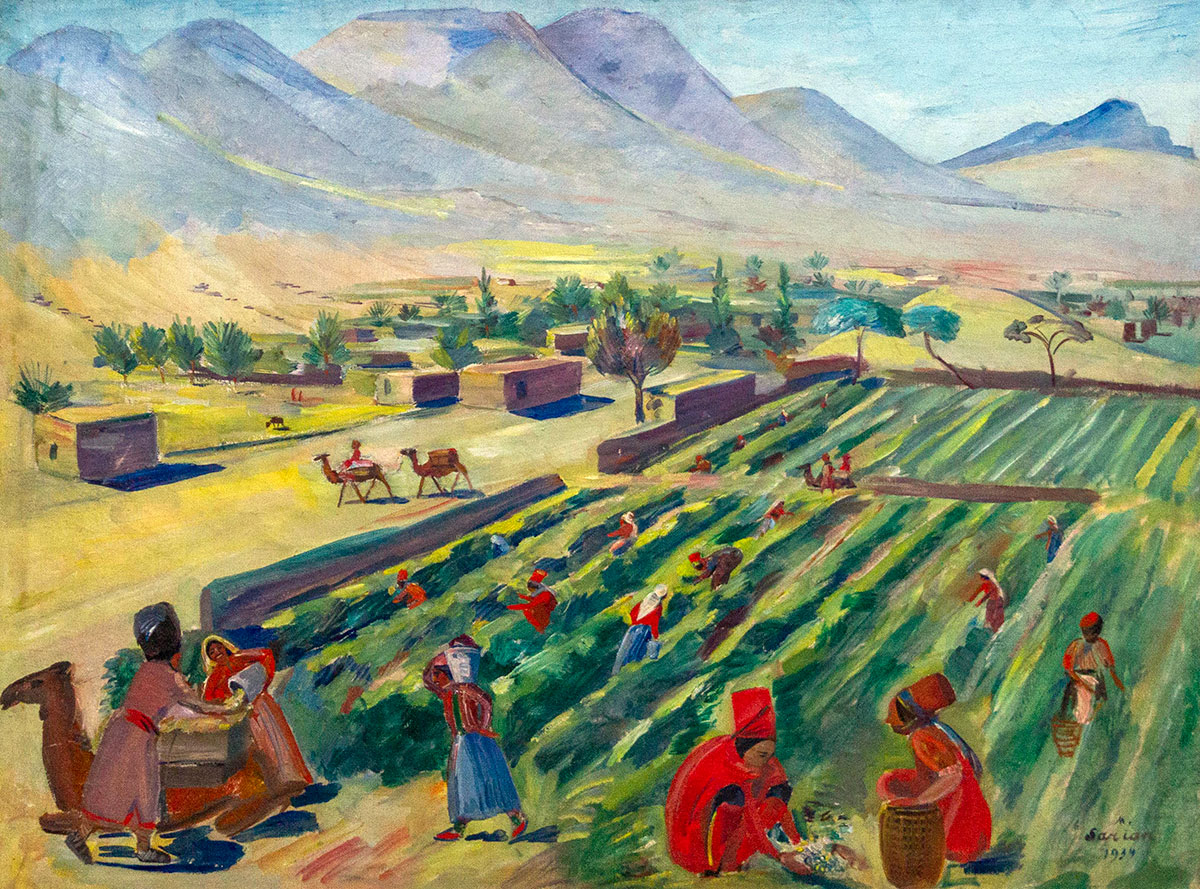
In one of his letters, he describes Ashgabat in this way: “All the houses are in the yards and have good gardens, the houses are one-story, most of the streets are paved with stone, the sidewalks are asphalted, and trees are planted next to them ...”.
In the same place - about the inhabitants of Turkmenistan: "Turkmen and their wives are very beautiful ... Turkmen men have huge black hats on their heads, they make a very monumental impression."
From another letter to Saryan's wife: "Turkmenistan has refreshed me very much, I have received a lot from this interesting country, but I need to do things firmly, very monumentally, with high skill."
The trip to Turkmenistan emotionally inspired the outstanding Armenian artist, gave him the opportunity to see the East with his own eyes, to understand the original way of life of the Turkmen people. Saryan wrote a series of works about Turkmenistan. He donated four paintings to our country: "Baghir", "Cabbage picking in Bagheera", "Grape picking in Bagheera", "Anau". Today, these works are in the permanent exhibition of the Museum of Fine Arts of Turkmenistan.
- When Saryan was offered to choose a plein air, he stopped at the picturesque foothills of Baghir, - says Nuryagdy Babaev, a researcher at the museum. - This area reminded him of mountainous Armenia, only our mountains are young, and in Armenia they are old. In general, the mountain theme is in the first place in the work of Saryan. The vast majority of his landscapes are bordered by mountains.
There is another feature of Saryan's paintings - they are not crowded, and all because he put nature above everything, even above man.
All these characteristic features in the work of Saryan can be partially or completely noted in the landscapes donated to the Turkmen people. The famous Saryan palette of bright blue-greens and pink-orange hues can be seen here, but it is muted by the abundant Turkmen sun.
The painting "Anau", in addition to its artistic value, also has a historical one. The monument of Turkmen medieval architecture depicted on the canvas was destroyed by the Ashgabat earthquake in 1948. The mosque was restored according to the surviving black and white photographs, because. at that time, as is known, there was no color photography. The color conveyed in the painting "Anau" by Saryan was used by the restorers as a hint.
In Armenia, in the House-Museum of Martiros Saryan, 4 more works of the Master dedicated to Turkmenistan are kept. One of them is “Ashgabat. Collecting Potatoes on a Collective Farm" is on permanent display, three others - "Collective Farmers Yard in Ashgabat", "Turkmen Children", "Yard in a Turkmen village near Ashgabat" - are stored in the store.
In Ukraine, the Lviv Fine Arts Gallery keeps Saryan's painting "Street in Ashgabat" in its collection.
Thus, Saryan's creative business trip to our region turned out to be extremely fruitful. The artist enriched his work with bright Central Asian impressions, which resulted in the birth of a series of landscapes telling about sunny Turkmenistan. Four of them remained with the Turkmen people in memory of the visit of the outstanding painter.
Now we are unlikely to find eyewitnesses of the Armenian painter who came to us, but from his works and letters we can imagine the personality of Saryan. He was a bright, colorful, cheerful person, with a big, wide-open heart to accept a different culture.
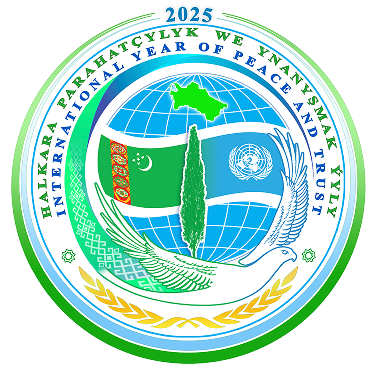

 NEWS
NEWS